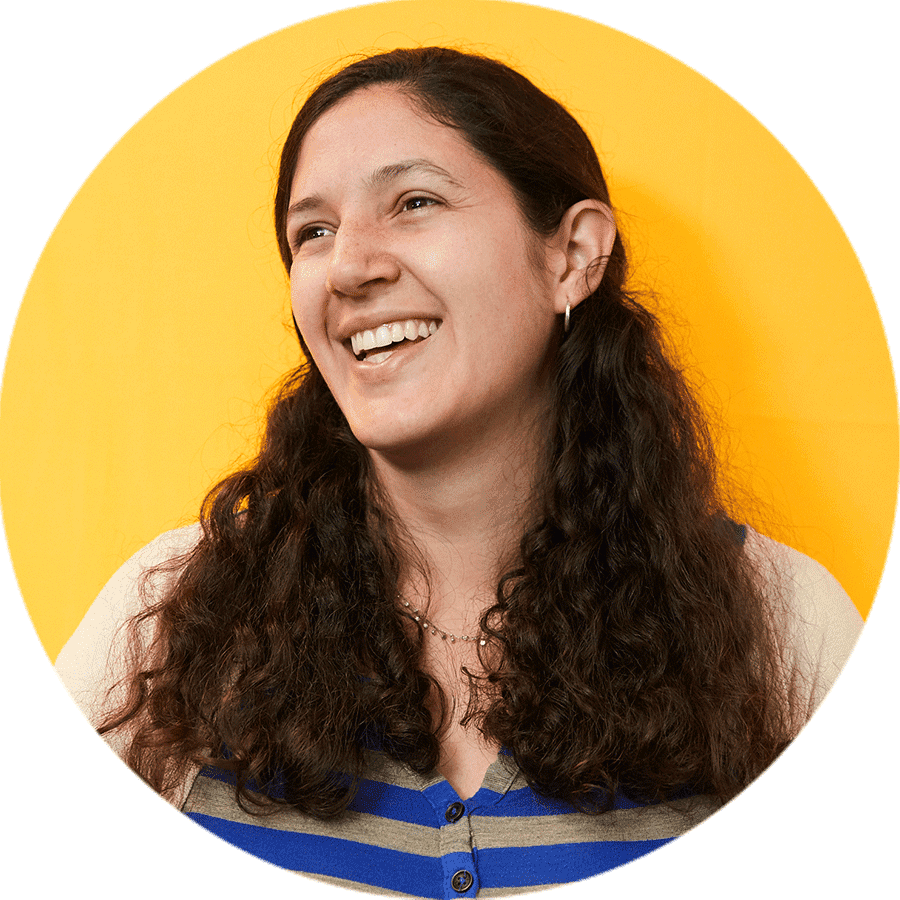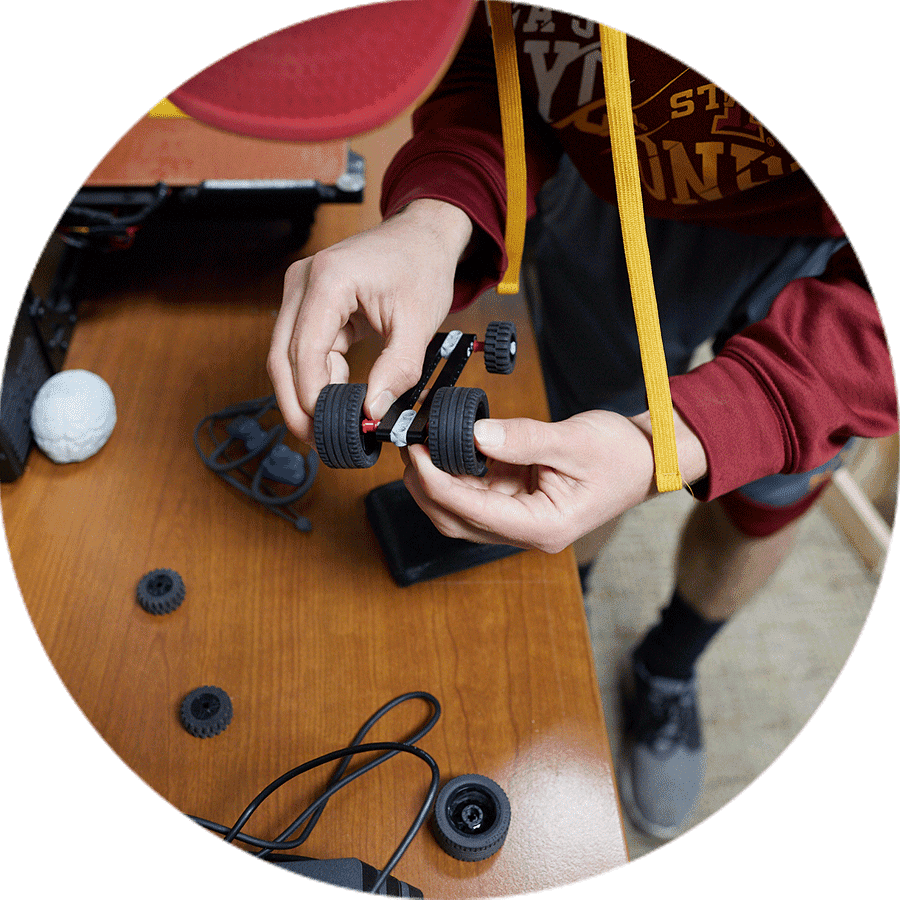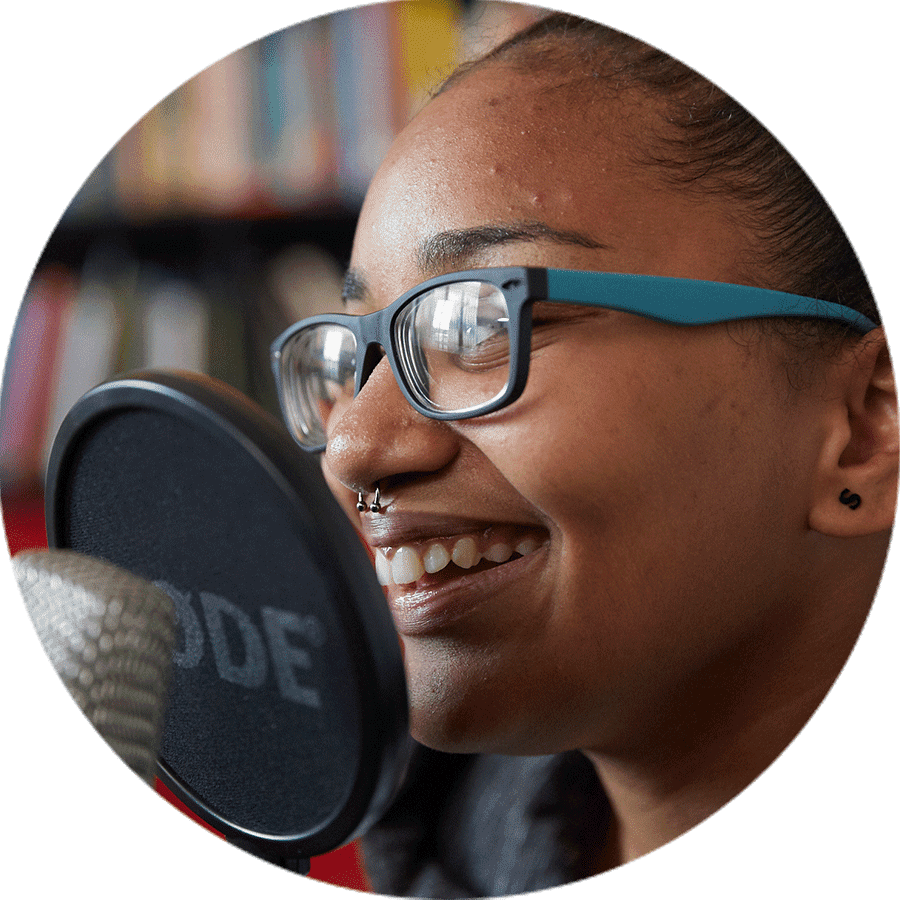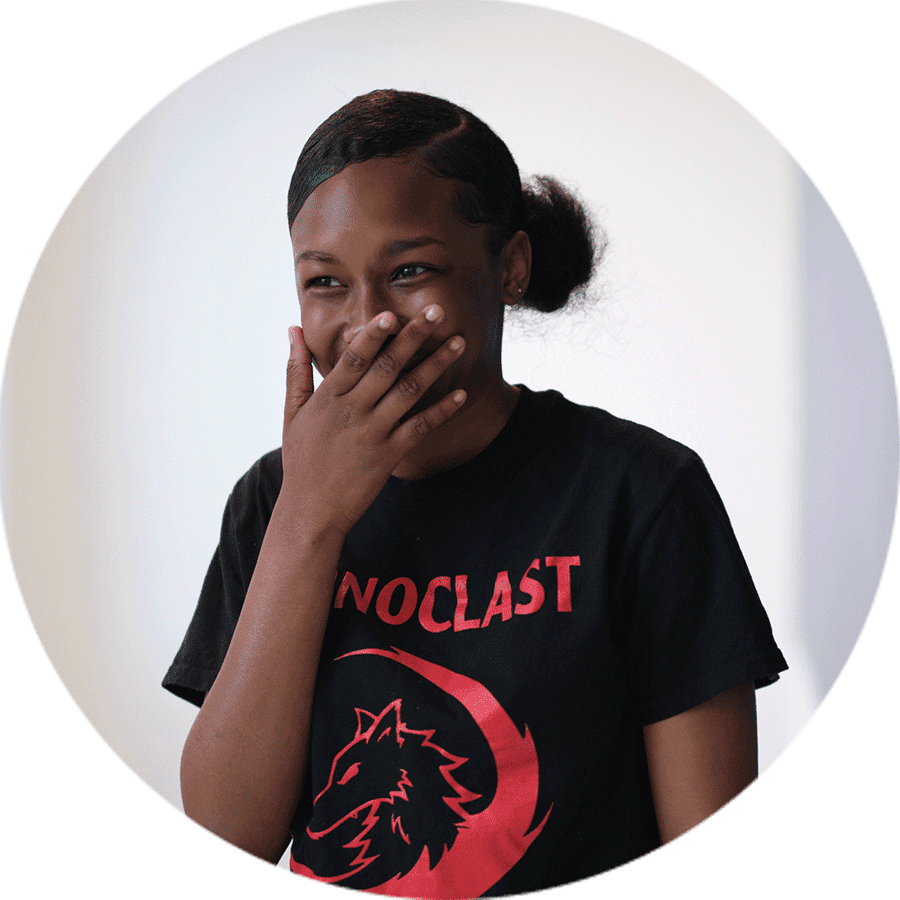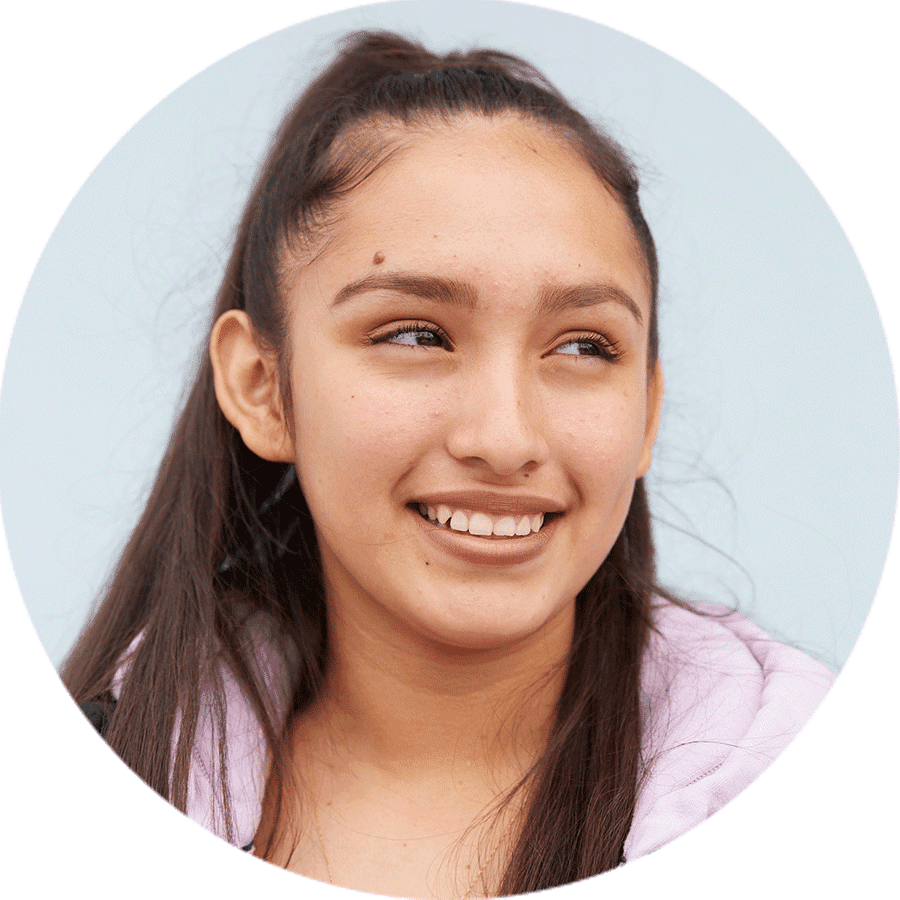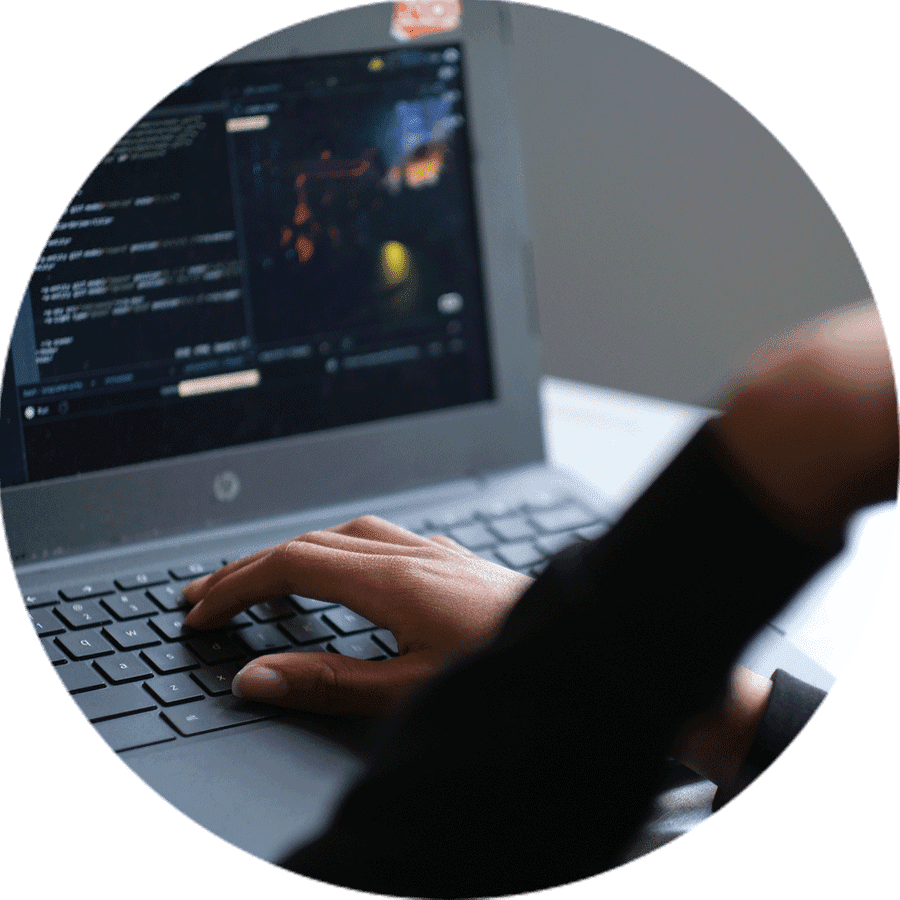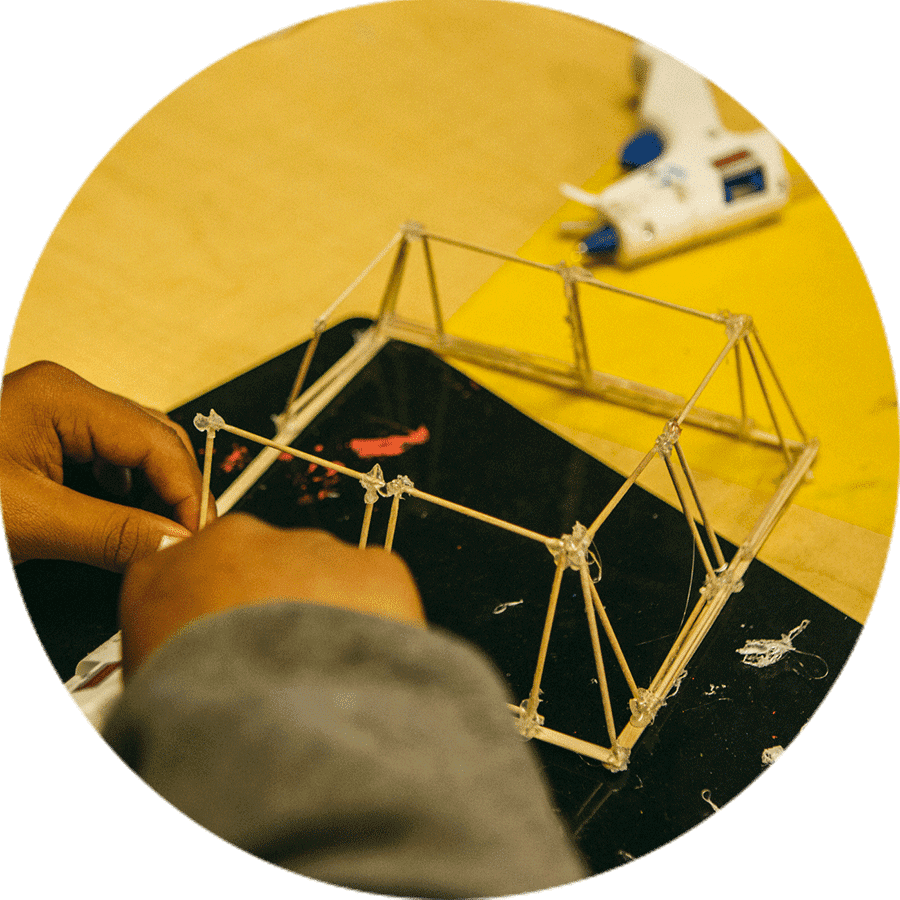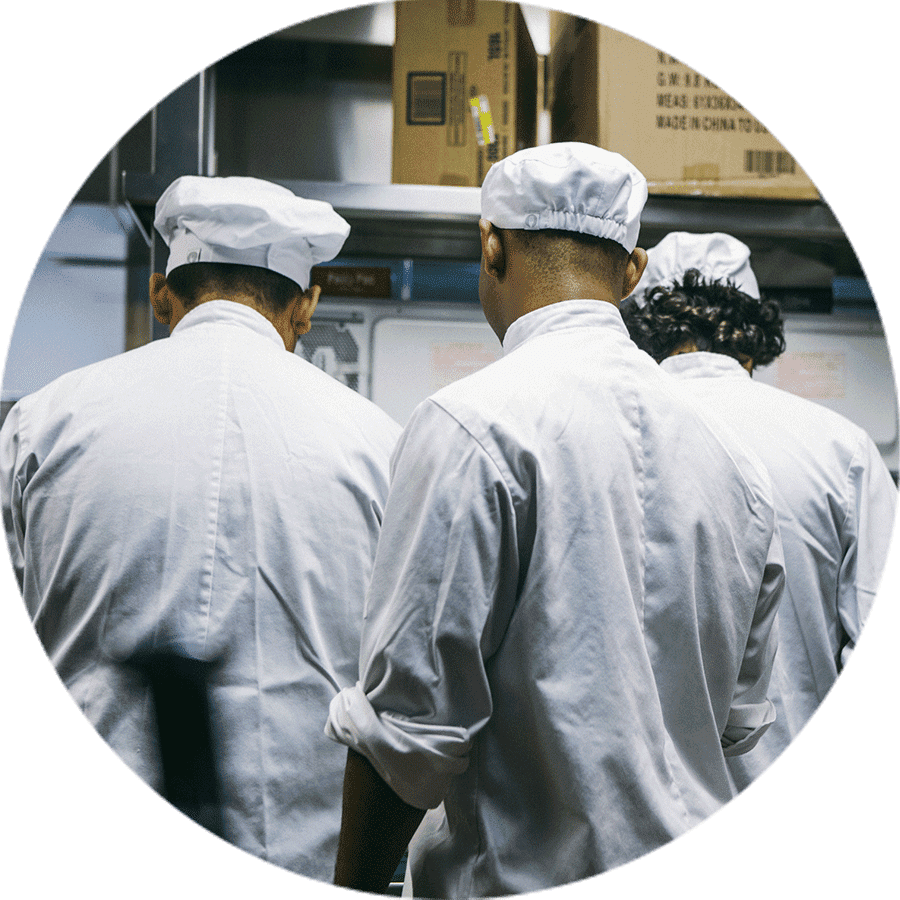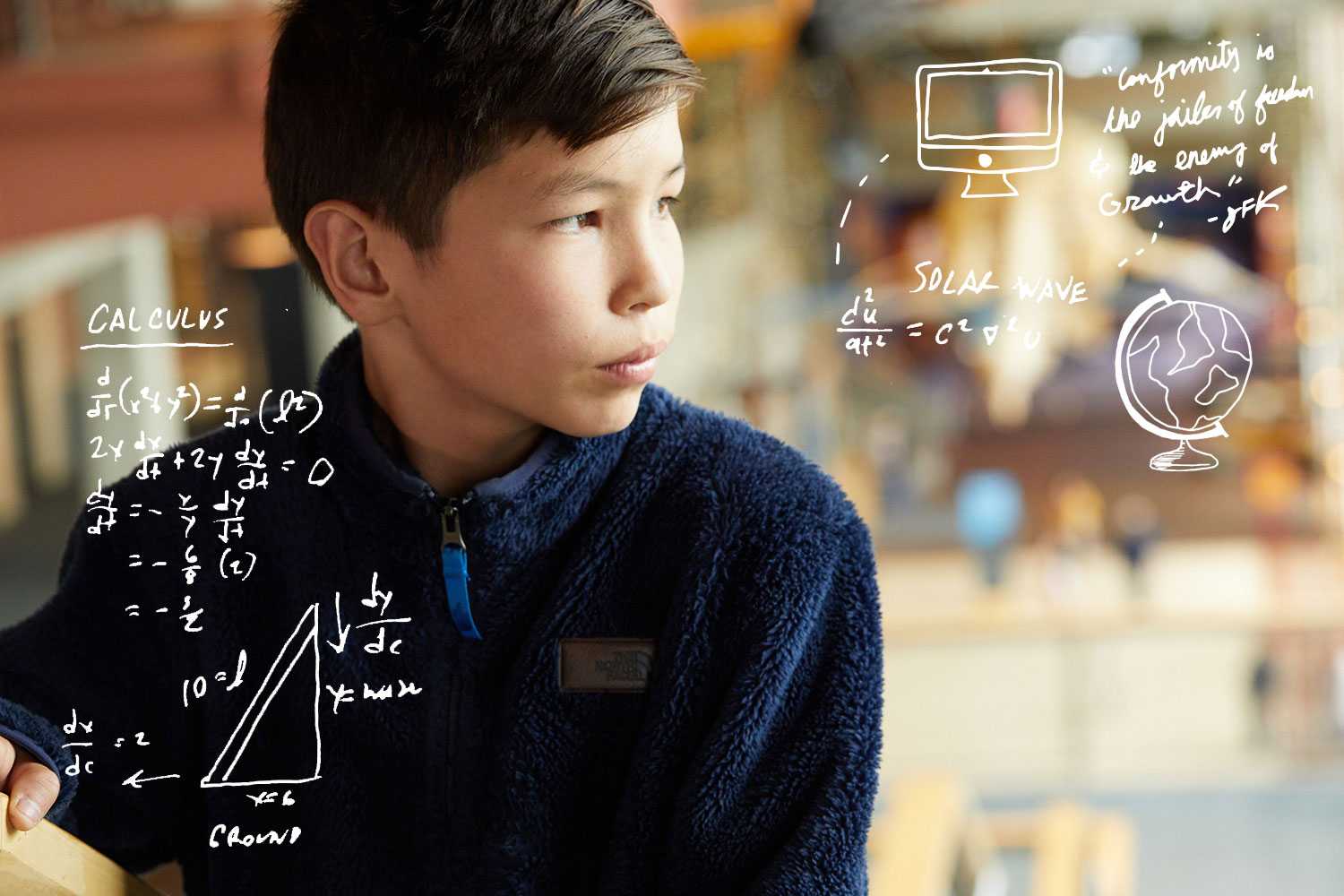Synthesize
Throughout this module, you and your team have discussed the promise of partnerships for engaging students in learning experiences that matter. Here’s a look at how other high school design or redesign teams have grappled with some of these same issues.
Now it’s time for you and your team to step back and reflect.
Now it’s time for you and your team to step back and reflect.
Step 1 – Summarize Your Work
How will partnerships support student learning, engagement, development, and connections to postsecondary success? Think through how you will engage partners, involve them in planning, and support their work on an ongoing basis.
Step 2 – Share Your Vision
Now get ready to share your ideas with others in your school and community for partnerships that will help define your school and enhance student learning.
- What key partners will be part of the ongoing work of your school? Describe their roles and how their collaboration will strengthen your school model and support your mission.
- How, specifically, will each partner engage with students? What knowledge, skills, and capacities will students develop?
- What resources and flexibilities will be needed to make the most of these partnerships? What considerations do you need to make to accommodate virtual experiences? If you’re redesigning an existing school, how will existing routines and expectations need to change?
More Resources on This Topic
![student smiling]() School-Community Partnerships
School-Community PartnershipsThis report from the Aspen Institute offers examples of innovative school-community partnerships from around the country.
Read![student building a small car]() Real Learning, Real Credit
Real Learning, Real CreditThrough the HUB, the Providence After School Alliance offers high school students hands-on learning experiences throughout the city, supported by pairs of teachers and community educators. And its career exploration courses allow students to earn credit toward graduation by engaging in work-based learning with community partners.
Read![student smiling]() Voices from the Field
Voices from the FieldDiscover what two XQ schools learned when they participated in a knowledge exchange to share their strategies and experiences implementing high school internships.
Read![student smiling]() Partner, Build, Grow
Partner, Build, GrowThis action guide from the Center for Health and Health Care in Schools offers case studies and step-by-step advice to launch school-community initiatives that support students physically, mentally, socially, and educationally.
Explore![student smiling]() Lessons from Linked Learning
Lessons from Linked LearningHow can high schools work with partners to create integrated supports that promote college and career preparation for all? Stanford’s Gardner Center for Youth and Their Communities offers a guidebook based on lessons from California’s Linked Learning initiative.
Explore![a student's hands on a laptop keyboard]() Expanding Opportunity for All
Expanding Opportunity for AllWork-based learning can benefit all students. In this article, three researchers offer strategies to provide engaging work-based learning experiences for secondary students with disabilities.
Read![student building a project from sticks]() Who You Know
Who You KnowRead an excerpt from Julia Freeland Fisher’s book about how new technologies offer ways to connect students with coaches, mentors, experts, and opportunities outside of school, enabling them to build valuable “social capital” in the process.
Read![people cooking]() Work-Based Learning Manual
Work-Based Learning ManualDive into this comprehensive guide from FHI360 for practical advice on how to partner with employers to offer your students various kinds of work-based learning experiences—from field trips to internships.
Explore
